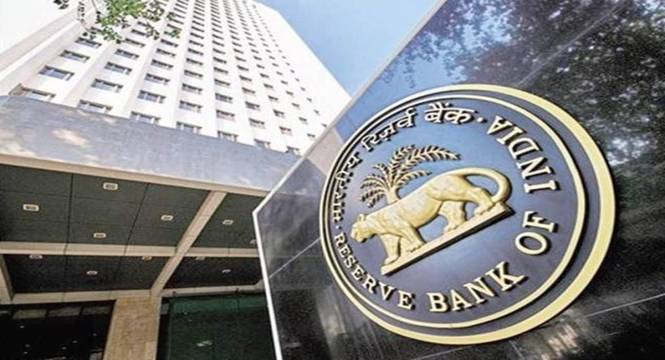The Reserve Bank of India (RBI) has suggested introducing tighter regulations for housing finance companies (HFCs) in a phased manner. The aim is to align them more closely with non-banking financial companies (NBFCs).
The central bank’s proposal focuses on deposit-taking HFCs and suggests increasing their total liquid assets, including unencumbered approved securities, to 15 per cent of public deposits by the end of March 2025. Currently, this requirement stands at 13 per cent.
Also Read : Sebi Issues Guidelines for AIFs on Holding Investment in Demat Form, Custodian Appointments
“Currently, in terms of Section 29B of the NHB Act, 1987, deposit taking HFCs are required to maintain 13 per cent of liquid assets against public deposits held by them. In exercise of powers conferred under Section 29B of NHB Act, 1987, it has now been decided that all deposit taking HFCs shall maintain, on an ongoing basis, liquid assets to the extent of 15 per cent of the public deposits held by them, in a phased manner,” RBI said.
The move comes as the RBI aims to address regulatory concerns related to deposit acceptance, ensuring consistency across all categories of NBFCs. The central bank highlights a uniform set of prudential parameters for HFCs, bringing them in line with deposit-taking NBFCs.
These revised regulations will be effective immediately unless specified otherwise by the RBI.
Impact of proposed measures for HFCs
Stricter compliance: Housing finance companies will need to adhere to higher standards, aligning their operations more closely with deposit-taking NBFCs. This ensures a consistent regulatory approach.
Increased liquid assets: The proposal requires deposit-taking HFCs to bolster their total liquid assets, including approved securities. This enhances their financial stability and ability to meet obligations.
Phased transition: The phased implementation allows HFCs time to adjust to the new regulatory framework, reducing the immediate impact on their operations.
Uniform standards: The move towards uniform prudential parameters ensures a level playing field among different categories of NBFCs. This fosters transparency and fairness in the regulatory landscape.
Customer impact: While the primary impact is on HFCs’ operational and regulatory frameworks, customers may indirectly benefit from enhanced financial stability and adherence to robust standards, promoting a more secure lending environment.





































